I have been thinking of writing a series of posts about these different archetypes. But before we dive right into the pool, lets take a deeper look at the concept of Archetypes, and how they relate to the images on our Tarot card deck.
Archetypes are a very interesting phenomenon. Right from Plato to Jung, many have delved deep into the concept of Archetypes. Right from writers to psychiatrists and psychologists, the concept of Archetypes has found its fans everywhere. And whether you know it or not, whether you are aware of it or not, you and I are dealing with different archetypes even as we live, breathe, speak and write. 🙂
Archetype: Definitions, Definitions
There are so many different definitions of the term ‘Archetype’ that it baffles the mind. Bottom line, all the definitions just use different words to convey the same basic meaning.
Wikipedia’s Archetype page for example defines an archetype as ‘a universally understood term or pattern of behavior, a prototype upon which others are copied, patterned or emulated.’ The same page tells us that in Psychology, an archetype is a ‘model of a person, personality, or behavior’. 🙂
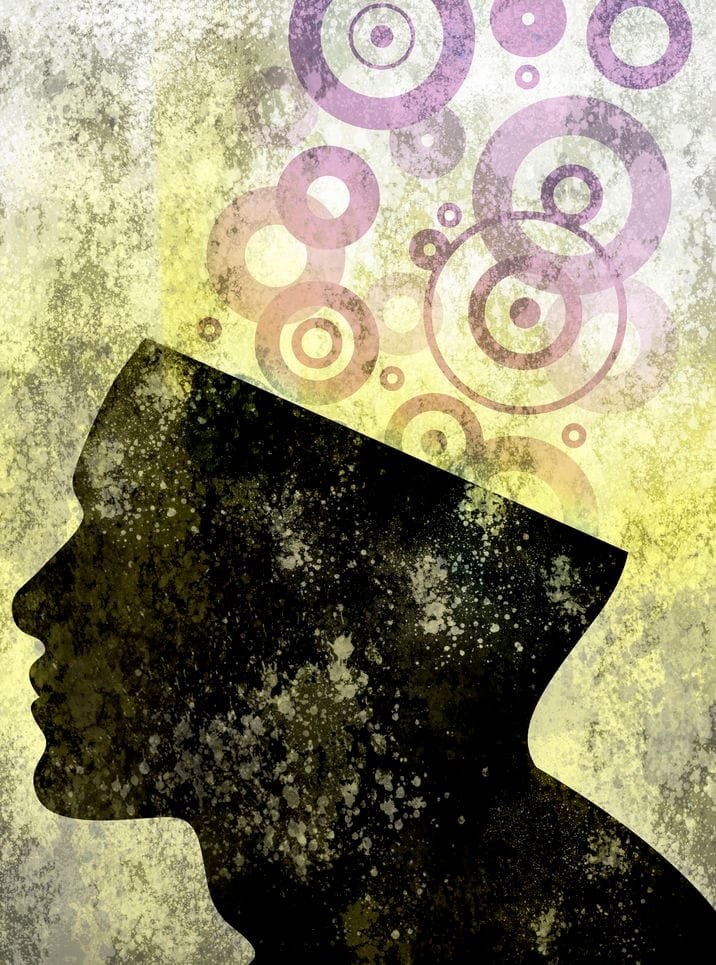
On Wikipedia itself, the page on Jungian Archetypes tells us that according to Carl Jung, archetypes are ‘innate universal psychic dispositions that form the substrate from which the basic symbols or representations of unconscious experience emerge. The archetype is a tendency to form such representations of a motif – representations that can vary a great deal in detail without losing their basic pattern… they are indeed an instinctive trend.’
So what does one make of all this?
Understanding the Concept of an Archetype
Reading through the above-mentioned definitions, we can see a concept emerge. An Archetype, essentially is,
- Universally known and understood
- Like some kind of a template that can be copied or emulated or developed upon
- A pattern of behavior and psychic disposition
- A basic representation of an unconscious experience
Thus, an archetype is a very basic, instinctive understanding of a concept or an idea of a personality or character that provides a framework for further development and growth.
This template, or framework is also something that is contained within our instinctive understanding of the world, and they come into focus when human beings go through a variety of transitions and phases in their life.
A Bit of Archetypal History

As mentioned before, the concept of Archetypes goes as far back as Plato. According to Plato, archetypes (or ‘Ideas’ as he called them) are pure mental forms that have been imprinted into the soul even before it was born. Also, they were collective because they stood for the basic character traits.
Carl Jung is said to have derived his themes for Archetypes from these thoughts of Plato.
Both of them believed that the archetypal concepts emerged from the collective unconscious –i.e.- a person is born with the instinctive knowledge of these archetypes. Perhaps, that is why we can easily relate to some concepts without being told or explained what they are. For example, no one explained the concepts of Mother, Father, and God to me as I grew up – I just instinctively knew what they were. The mental conceptualization and intellectualization came much later. 🙂
Main Archetypes
According the Carl Jung, there are five main archetypes. These are:
- The Self – this is the center of the psyche.
- The Shadow – this is opposite of who you think you are.
- The Anima – this is the feminine aspect within a male psyche.
- The Animus – this is the male aspect within a feminine psyche.
- The Persona – this is the way we present ourselves to the world.
Thus, if we see these 5 main archetypes are just different parts of our composite personality.
The Self, or the center of the psyche is the true, real self. It is who you really are (irrespective of the ‘good’ or ‘bad’ parts). The Shadow is the opposite end. It is that aspect of your personality that you don’t want to accept or face, but nevertheless is within you. The Persona, on the other hand, is how you choose to portray yourself as to the world at large. And within the self, self-image and your anti-image, you have two aspects: the male and the female, or the Animus and the Anima respectively.
Archetypes and Tarot
The Tarot cards are images that represent the different stages of existence on the temporal / corporeal / actual, psychological, and spiritual planes. Sometimes these images combine all these aspects, and sometimes they just focus on one or two. But either way, these pictures (and the combination of these pictures in a spread) show us a symbolic / pictorial representation of life itself as a bunch of snapshots through time.
Thus, it is but natural for these images and symbols to represent the different archetypes across the board. These archetypes may be present across a number of cards, or may be shown on just one card. Either way, they are there. 😉
But Wait, There’s More…
As we have seen, there are the five basic archetypes that Jung described. Yet, there are a lot more archetypes that exist in the world around us. And they are also present on our cards.
These include archetypes like The Wise Old Man, Mother and Father, for example.
In our series, we are going to begin with examining the first five basic archetypes, and then go on to look at the other archetypes present within our Tarot card deck.
So Why Is All This Important?
This is the million-dollar question, isn’t it? 🙂
Well, we live in a world surrounded by people. As they say, man is a social animal. And we interact with people all the time – right from the time we are babies till we grow old and die. And yes, even if we live in a world where we have hundreds of FaceBook friends and maybe ten or so real friends, we are still interacting with them.
When we watch a movie, or listen to a song or read a book, we are interacting with the different archetypes too! Archetypes are present in our myths as well.
In essence, archetypes are all around us. So doesn’t it make sense to know about them?
Knowing about them helps us look at our own life in a very different way – we can see what archetypes affected us strongly (both positively and negatively) and see how it all turned out. And if something needs to be fixed, we now know where to direct our healing. I know for a fact that this approach has helped me a great deal.
So yes, it is important. And yes, you should know this stuff. 😉
Your Turn…
Do you also see the different archetypes in the world around us? Would you also look at the world from this archetypal point of view? Why? Why not? Lets get talking in the comments section below.
Let me ask you…
Do you want to learn how to leverage the power of the powerful Tarot Archetypes to figure out the tough (and sometimes not so tough) parts of your life?
Would you like to have your own personal Guide / Guides in the form of these powerful Archetypes that you can reach out and connect with, and ask your questions any time you want to?
If yes, then my Ask the Tarot Archetypes course is just perfect for you!
Ask the Tarot Archetypes
Ask the Tarot Archetypes Web Course is designed to familiarise you with the core archetypes present within the Tarot Card imagery. Then, you learn the different methods to access their wisdom and insights. This web workshop is designed to be short, to the point, and informative for those of you who are looking to form & deepen your special bond with your Tarot Cards.

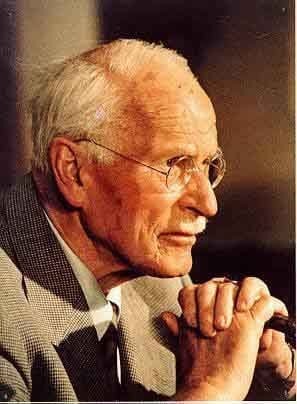
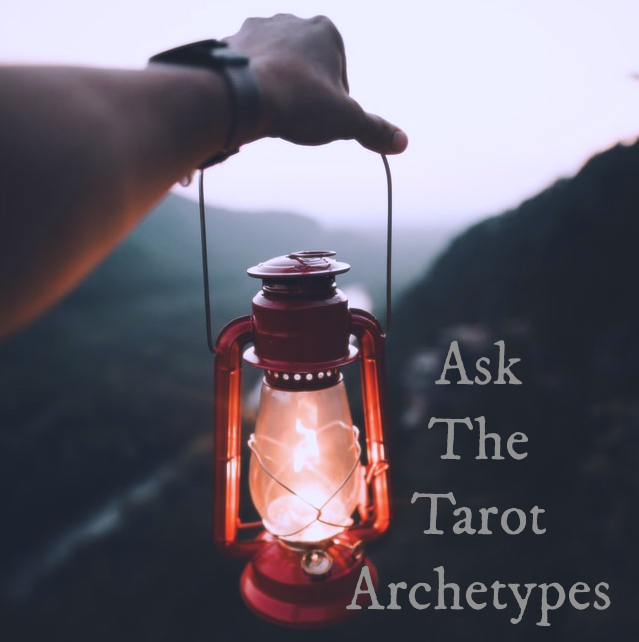

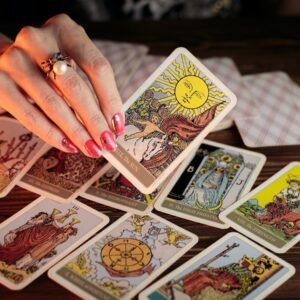

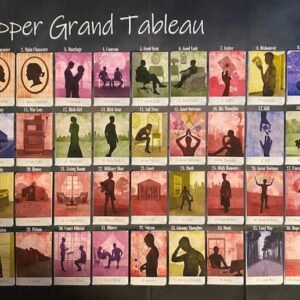








you:r blog …just amaizing ! I love it…thank you and welcome in my life ! Lots of love my dear Lady…..
Wow! Thank you Anita! 🙂 Your message made my day! 😀
I’ve noticed two big things recently, and maybe it’s just because I’m a fan of Lord of the Rings, but…
Kings are making a comeback, not as infallible rulers but as men struggling for identity.
Archers are thing too. Have you noticed that? Especially the more emotional characters depicted as warriors. They tend not to swing a sword but rather wield a bow.
I understand the King archetype as being the search for the self. (How are crowns different?) But why the archers in such popular media do you think?
Hmmm.. Interesting.. I suddenly remembered Katniss! 🙂
You are right. And to be honest, I prefer Kings and Archers over Vampires any day! LOL
But on a serious note, I think Archers signify someone who aims, waits for the right moment, and then shoots at the target, and (if you are a hero / heroine in the story) also ends up hitting the target. In a world like ours, where achieving targets is often the prime goal of every person in the workplace, seeing someone do this in a more heroic fashion would probably catch on. Of course, there’s the added advantage of being able to slay bad guys, monsters and so forth. The appeal for that is limitless.
What do you think?